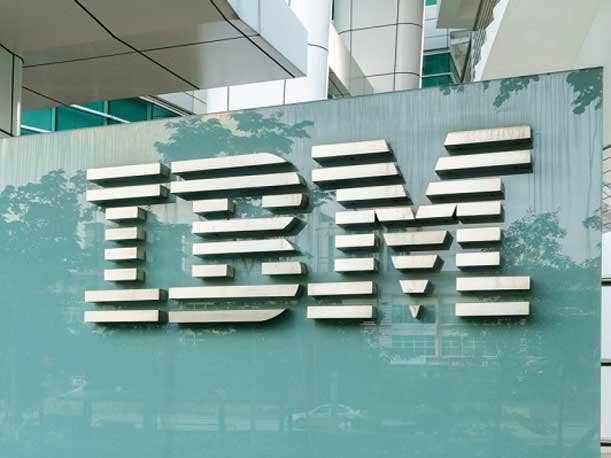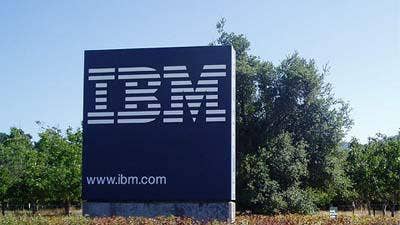View From The Trenches: 3 Partners Scrutinize The IBM-Red Hat Deal

Partners Assess IBM-Red Hat
By agreeing to purchase Red Hat for a whopping $34 billion, IBM has shaken up the industry with a wildly ambitious deal intended to leap frog to the center of the hybrid cloud universe.
Red Hat delivers several vital solutions that extend IBM's position beyond its own infrastructure products and services across the spectrum of cloud providers and technologies.
But once the deal closes, the work just begins for the leadership teams and channels of both vendors. The opportunity is evident, but there are still many pitfalls.
Here CRN shares the views from three solution providers on the market dynamics that drove the deal, the wave of consolidation that will come in its aftermath, what needs to be done to ensure its success and how it will impact the channel.

Containers
IBM's blockbuster acquisition of Red Hat is all about taking a leadership position in hybrid cloud, which means the ability to span public and private environments, which means containers.
The technology uniquely enables application portability and ease of deployment across clouds—essential ingredients for the increasing number of enterprises adopting hybrid strategies.
"OpenShift [Red Hat's container platform] provides customers the choice of where to distribute their work independent of the public cloud provider," said Joe Dickman, senior vice president of Vizuri, a Red Hat consultancy based in Herndon, Va.
But buying a perch atop the container market doesn't guarantee hybrid cloud preeminence. IBM must remember that containers have transformed the industry because they deliver independence from any one ecosystem.
"That was the magic of Red Hat," said Michael Conley, executive vice president of managed & cloud services at Sirius Computer Solutions, a large IBM and Red Hat partner based in San Antonio, Texas.

Kubernetes
"At end of day, it's all about cloud, all about moving applications into the cloud, all about modernizing their applications," said Bradley Brodkin, CEO of Toronto-based Red Hat partner HighVail Systems. "Kubernetes is how that's done," he added.
Kubernetes in recent years has become something close to a standardized technology for deploying containers at scale.
Four years ago, Red Hat made a bold bet on the open-source container orchestrator developed at Google.
It took an "aggressive and risky approach" to scrap work on OpenShift 2, and instead entirely rearchitect OpenShift 3 as a Kubernetes-based container management platform, said Vizuri’s Dickman.
Red Hat then doubled-down at the start of this year when it snagged CoreOS, a pioneering startup with a mature Kubernetes platform called Tectonic.
Combining OpenShift and Tectonic made hybrid cloud "Red Hat's market to lose," Dickman said.

Consolidation
"We are at the very beginning of a major consolidation cycle," said HighVail’s Brodkin. "The floodgates are going to open as a result of this. It's about dominating the cloud, dominating containers."
With IBM's private cloud solutions, public cloud services, hardware and software stack under the same roof as Red Hat's industry-leading Enterprise Linux operating system, OpenShift containerization platform and Ansible configuration manager, other large vendors are going to have to make moves.
"The container and cloud market is consolidating," said Vizuri's Dickman. "Vendors are quickly acquiring complimentary technologies to bolster their offerings. It cannot be done by internal development efforts alone."
If all goes smoothly in closing the deal, many startups and publicly traded companies, especially those in the container and cloud management arenas, will become much more attractive "target acquisitions for software companies that need to remain viable," Dickman said.

Culture
The IBM Way has served Big Blue well for more than 100 years.
But today’s landscape—one increasingly defined by open standards and heterogenous IT environments—requires a new way of thinking.
"It's not just about having the right technology, but a culture and leadership that supports the way customers want to use that technology," said Sirius Computer Solutions’ Conley.
"The IBM Way has really struggled in the modern world. They've got to adapt," Conley said.
To maintain the leadership Red Hat imparts over the rapidly growing container market, IBM will need to reorganize to become "agile like their top competitors already are," Conley said.
IBM leaders would be wise to learn from Red Hat's culture, he said, and put its execs in leadership roles.
"Don’t make Red Hat [into] IBM. Make IBM more like Red Hat," Conley said. "But appreciate your legacy business and bring it along."

Channel
For partners working with both companies, IBM merging with Red Hat will greatly simplify and enhance engagements with their customers, said Conley.
Right now, Sirius has to go to its IBM customers and sell them on the benefits of Red Hat. As a unified company, IBM can deliver "an easy button" for extending legacy environments into the cloud with containers and micro-services architectures.
"We can do this under one umbrella," said Conley, easing the skepticism that customers bring to selecting an unfamiliar vendor. That empowers IBM's long-standing partners to sell results, not more products.
Solution providers expect the $34 billion deal to drive new alliances within the channel as well.
"It means I'm going to become an IBM software partner," said HighVail’s Brodkin. "I don’t know anything about IBM software, so I need to find partnerships that I can leverage to get those skills."
New IBM partners who come in from Red Hat's channel hope to see a lucrative opportunity to apply their expertise to migrating IBM's legacy platforms, such as AIX and mainframe, to Red Hat Enterprise Linux, OpenShift, Ansible, and "all those Red Hat pieces," Brodkin told CRN.
Vizuri’s Dickman said his Red Hat consultancy "welcomes the opportunity to educate current IBM customers of the power that OpenShift delivers."

Transformation
Transformation has been a buzz word at IBM in recent years as it has looked to modernize its business and advance the strategic imperatives of cloud, security, mobility and analytics.
But once Big Blue takes charge of Red Hat, effectively merging two large portfolios will present a massive new business and technical transformation challenge.
Brodkin expects IBM to launch a comprehensive project to maximize the benefits of Red Hat's portfolio.
That could entail migrating much of its software—a suite that includes thousands of titles—to open source, running on OpenShift built on Red Hat Enterprise Linux, using Kubernetes for orchestration, Ansible for resource configuration, and shifting from WebSphere to JBoss for middleware and application delivery.